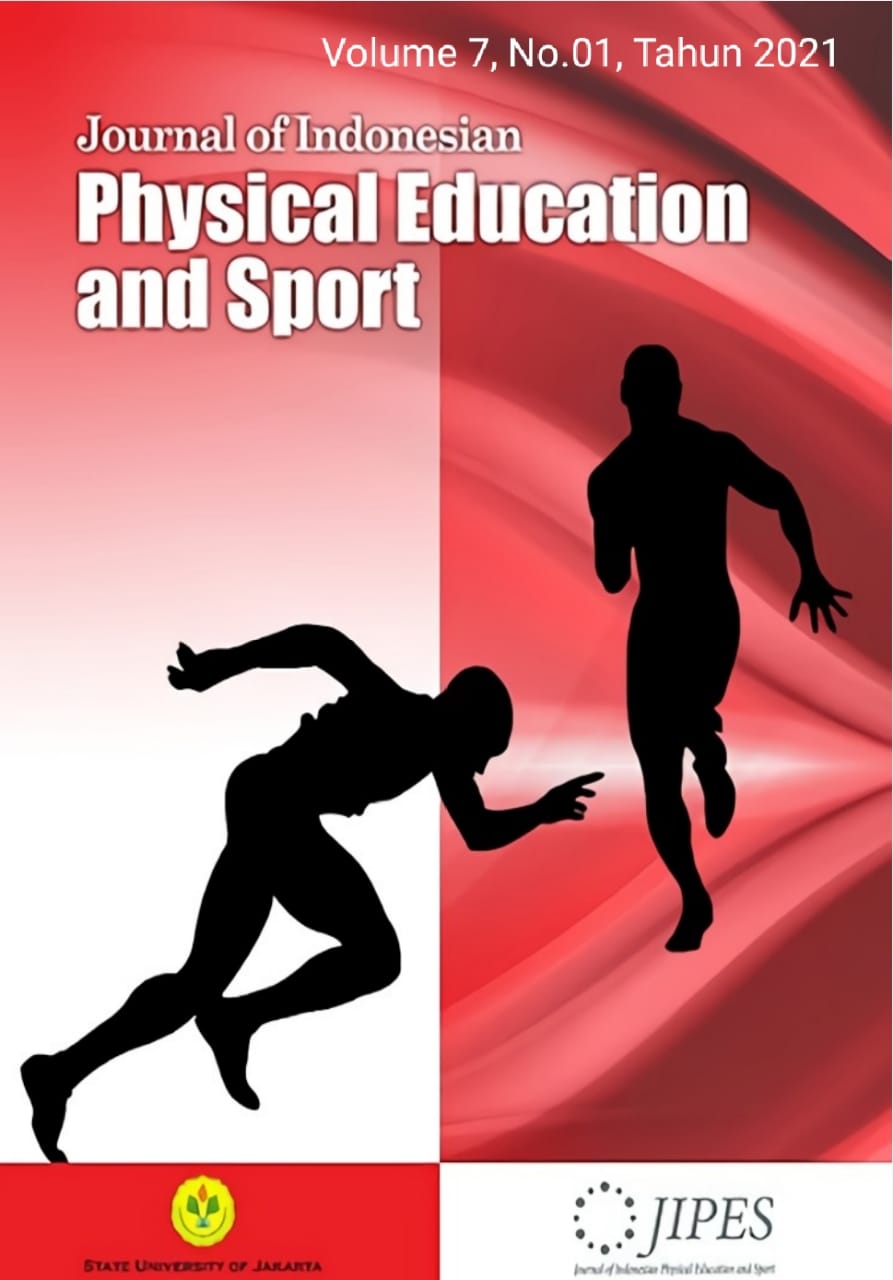AWARENESS, ATTITUDE, AND PRACTICES ON HYDRATION AND FLUID REPLACEMENT AMONG COACHES OF VARSITY ATHLETES
Awareness, Attitude, and Practices on Hydration and Fluid Replacement Among Coaches of Varsity Athletes
Keywords:
Hydration; Fluid Replacement; Coaches; Varsity AthletesAbstract
The search for high-performing athletes and preventing heat-related illnesses, hydration, and fluid replacement play a vital role in recruiting athletes with qualifications essential for competition. This study investigated the Awareness, Attitude, and Practices on Hydration and Fluid Replacement among Coaches of Varsity Athletes of Visayas State University. This study utilized descriptive design, and data were gathered from 182 respondents using a modified Knowledge, Attitude, and Practices ( KPAP) survey questionnaire. The study's findings revealed that coaches were aware of hydration and fluid replacement. Coaches possess a strong attitude in emphasizing and ensuring athletes understand the importance of hydration and fluid replacement. The study results also revealed that coaches' hydration and fluid replacement practices on athletes were aligned with the standard practices. Coaches did not fail to advise, remind, and teach athletes to stay hydrated before, during, and after the competition. The study's findings corresponded to the Theory of Exercise Hydration Science by Bob Murray, which discussed the importance of hydration in obtaining athletes' peak performance and how it works to prevent heat-related illnesses due to dehydration. Results of the study will be the basis for the proposed program for coaches and athletes on hydration and fluid replacement.
References
Borg, W. R. and Gall, M. D. (1989) Educational Research: An Introduction 5th. edn. New York: Longman.
Casa, D., Armstrong,L., Hillman,S., Montain, S., Reiff, R., Rich,B., Roberts, W. & Stone, J. ( 2000). National Athletic Trainersʼ Association position statement: Fluid replacement for athletes. J. Athl. Training.
Cheuvront, S., Carter, R. & Sawka, M. (2003). Fluid balance and endurance exercise performance. Curr Sports Med Rep.; 2:202–208. [PubMed: 12834575
Clark, N. (1990). Nancy Clark's sports nutrition guidebook:Eating to fuel your active lifestyle. Champaigne, IL:Leisure Press
Cockburn, E, Fortune, E., Briggs, M. & Rumbold, P., (2014). .Nutritional Knowledge of UK Coaches. London Sport Institute, Middlesex University, London NW4 4BT, UK
Convertino, V., Armstrong,L., Coyle, E., Mack, G., Sawkca, L. , Senay, L. Jr., & Sherman, W ( 1996). Exercise and fluid replacement: American College of Sports Medicine Position Stand. Med. Sci. Sports Exerc. 28:No.1;i-vii
Cuerdo, M. & Diaz, F. (2017). Pre-Competition, Hydration Status, Diet and Beverage Intake Behavior of Collegiate Softball Athletes. University of the Philippines, Quezon City
Dunn M., Eddy J., Wang M., et al. (2001). The influence of significant others on attitudes, subjective norms and intentions regarding dietary supplement use among adolescent athletes. Adolescence; 36:583-91
Giejer, J., Pitney, W. & Bradenburg, J. (2009) Fluid Replacement Knowlegde and Sources of Hydration Information among Illinois High School Athletic Coaches: A Pilot Study. College of Allied Health and Nursing, Nova Southeastern University
Jeukendrup, A., Jentjens, R., & Moseley, L. (2005) Nutritional considerations in triathlon. Sports Med 35: 163–181
Jonnalagadda, S., Rosenbloom, C., & Skinner, R. (2001). Dietary practices, attitudes, and physiological status of collegiate freshman football players. J. Strength Cond. Res. 15: 507-513
Juzwiak, C. (2004). Evaluation of nutrition knowledge and dietary recommendations by coaches of adolescent Brazillian athletes. International Journal of Sport Nutrition and Exercise Metabolism, 14(2), 222-236.
Lawson, D. & Holt, D. (2007). Insensible water loss from Jostra Quadrox D oxygenetor: an in vitro study, Perfusion
Montain, S. (2008). Hydration recommendations for sport 2008. Curr. Sports Med. Rep., Vol. 7, No. 4, pp. 187Y192
Murray, B. (2007). Exercise Theory:Hydration Science. Sport Science Insights LLC, Fox River IL
Perna, F., Zaichkowsky, L., & Bocknek,G. The Association of mentoring with psychosocial development among male athletes at termination college career. Journal of Applied Sports Psychology, 1996;8,76-88.
Redwood, T., Mansingh, A., Bourne, D., Wade, N. & Singh, P. (2016). Fluid Hydration and Jamican High School Coaches. West Indian Med J. DOI: 10.7727/wimj.2016.222
Rosenbloom, C., Jonnalagadda, S., & Skinner, R. (2002). Nutrition knowledge of collegiate athletes in a Division I National Collegiate Athletic Association institution. J. Am. Diet. Assoc. 102:418-420
Sawka, M., Burke, & Eichner, E. et al. (2007). American College of Sports Medicine Position Stand: exercise and fluid replacement. Med. Sci. Sports Exerc. 39:377Y390










 </a > a
</a > a 